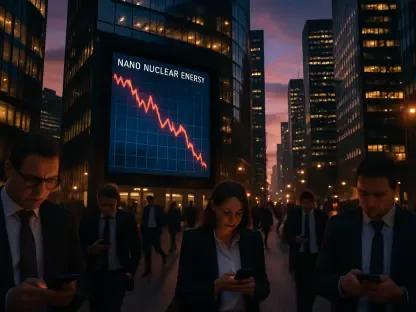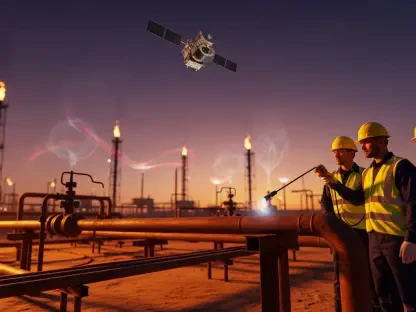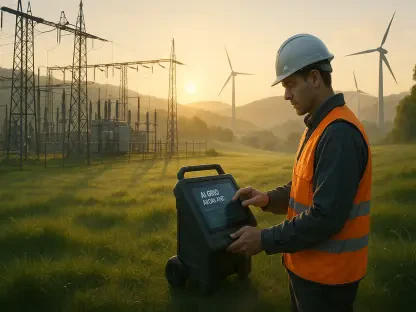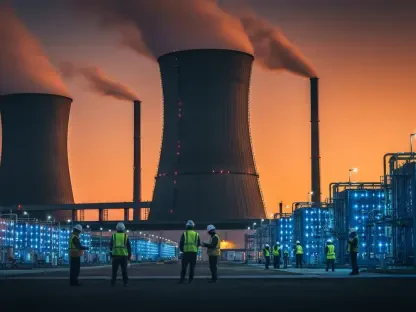Is it possible for energy regulations to keep pace with the mounting demand for power in our modern world? The Midcontinent Independent System Operator (MISO) appears to be rising to this challenge with its revised fast-track proposal aimed at expediting power generation across regions. This remains crucial as traditional power plants retire and load growth steadily increases, threatening potential power shortages if swift actions are not taken.
An Emerging Need for Speed in Energy Regulation
The story behind MISO’s revised proposal revolves around the urgency to address looming energy shortfalls. Despite a growing appetite for electric power, the planning and regulation of new power projects often lag. In response, MISO has introduced innovations to streamline interconnection requests, a critical aspect in managing the grid and electricity markets that span parts of the United States and Canada. This timely proposal not only targets an immediate increase in efficiency but also provides an opportunity to adapt to evolving energy needs and challenges that could otherwise leave regions in the dark.
The Nuts and Bolts of MISO’s Revised Plan
MISO’s revised plan—the Expedited Resource Addition Study (ERAS)—aims to accelerate project approvals. The plan redesign includes a cap of 68 projects and allows only 10 submissions quarterly. Specifically, it focuses on Illinois and Michigan, along with independent power producers that have agreements beyond the scope of conventional utilities. These measures are expected to fast-track energy projects that are necessary for maintaining load balance and resource adequacy. By comparing timelines of traditional projects against fast-tracked ERAS counterparts, stakeholders and industry experts can analyze successes and shortfalls alike, fostering a basis for further refinement of energy infrastructure deployment.
Deciphering Stakeholder Concerns
Despite the potential for a positive impact, the revised proposal has attracted criticism from industry stakeholders. NextEra Energy Resources and the Sierra Club, among others, have expressed concerns about the expedited nature of the process. They argue that MISO’s abbreviated comment period fails to accommodate substantive stakeholder engagement or thorough vetting by regulators. These criticisms underscore the inherent tension between expediting necessary energy production and ensuring comprehensive review processes. The challenge lies in merging the urgency of execution with the necessity for thorough examination, a balancing act evident in anecdotes and case studies provided by stakeholders.
Looking Ahead: Taking Practical Steps Forward
With the revised proposal paving the way for a new approach to energy regulation, stakeholders must be proactive in adapting to this speedier model. Tangible actions include actively engaging in grid management discussions and ensuring regulatory integration happens without hindering progress. Other grid operators facing similar challenges might consider adopting MISO’s strategies to strike a balance between urgent execution and detailed planning, thereby avoiding potential pitfalls. By aligning efforts and intentions toward shared energy goals, the industry can make strides towards sustainable solutions fit for our evolving power landscape.
In conclusion, MISO’s revised fast-track plan kindled efforts to bridge the gap between energy demand and regulatory execution. By proposing a more agile process, it illustrated the need for diligence and stakeholder involvement in energy planning, aiming for resilience against potential shortages. Lessons derived from this initiative continue to inspire future strategies to meet power demands without sacrificing regulatory thoroughness, demonstrating an evolving understanding of energy infrastructure in today’s dynamic environment.









